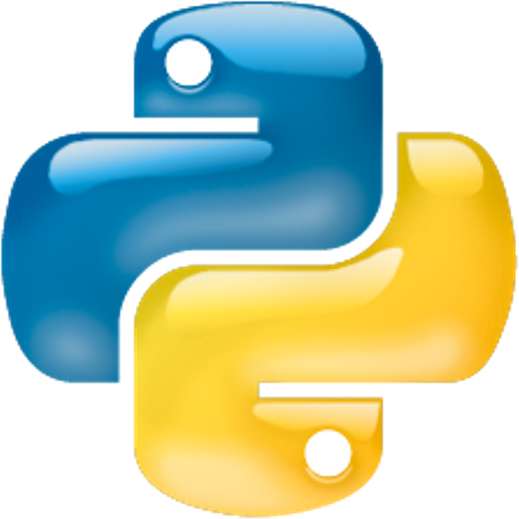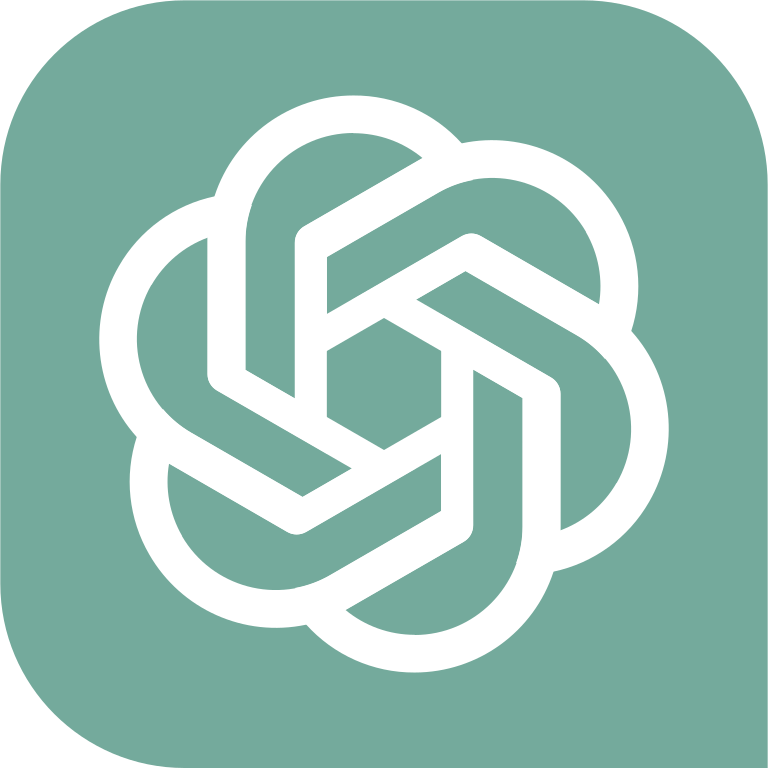Table of Contents » Chapter 5 : Disciplines : Economics
Economics
Overview
The relationship between Python programming and the field of Economics is both vital and symbiotic. Python, with its extensive range of libraries and powerful statistical tools, has established itself as a major player in economic data analysis, econometrics, modeling, and forecasting. Its ability to manage and analyze large data sets is useful in economic research and policy-making. For instance, Python's pandas library is used for data manipulation and analysis, whereas libraries like NumPy and SciPy are employed for numerical calculations. For advanced statistical and econometric analysis, Python offers statsmodels, while machine learning libraries like scikit-learn and TensorFlow enable economists to use AI and machine learning to predict economic trends and analyze complex economic systems. Python's capabilities also extend to the visualization of economic data, with libraries such as matplotlib and seaborn. On the other hand, economics provides meaningful and complex real-world data and problems, which continue to shape the development of Python tools and libraries for better data analysis, modeling, and interpretation. In essence, Python empowers economists with the computational capabilities to analyze, model, and interpret complex economic phenomena.
- Econometrics: Python is used for estimating and testing hypothetical models using economic data. Libraries such as statsmodels and NumPy offer robust capabilities for statistical analysis and modeling.
- Macroeconomics: Python is used in the analysis of macroeconomic data and in building models to understand phenomena such as inflation, unemployment, and economic growth.
- Microeconomics: Python aids in the study of individual economic units, such as consumers and firms, by helping to analyze data and build models that predict behavior.
- Behavioral Economics: Python's machine learning libraries, like scikit-learn, can be used to analyze and predict human economic behavior based on historical data.
- Development Economics: Python is used to analyze and visualize data pertaining to economic development in different regions or countries.
- Financial Economics: Python is extensively used in areas like financial modeling, risk management, portfolio optimization, derivatives pricing, and algorithmic trading.
- Environmental Economics: Python is used for analyzing data related to environmental issues and their economic impacts, modeling economic incentives for environmental protection, and forecasting trends.
- Industrial Organization: Python helps in the study of firms and markets, and it can be used to analyze market structure, strategic behavior, and competition.
- International Economics: Python is employed to analyze data and model theories related to trade, exchange rates, and international financial markets.
- Health Economics: Python is used to analyze and model health-related data, understand healthcare markets, and inform health policy.



